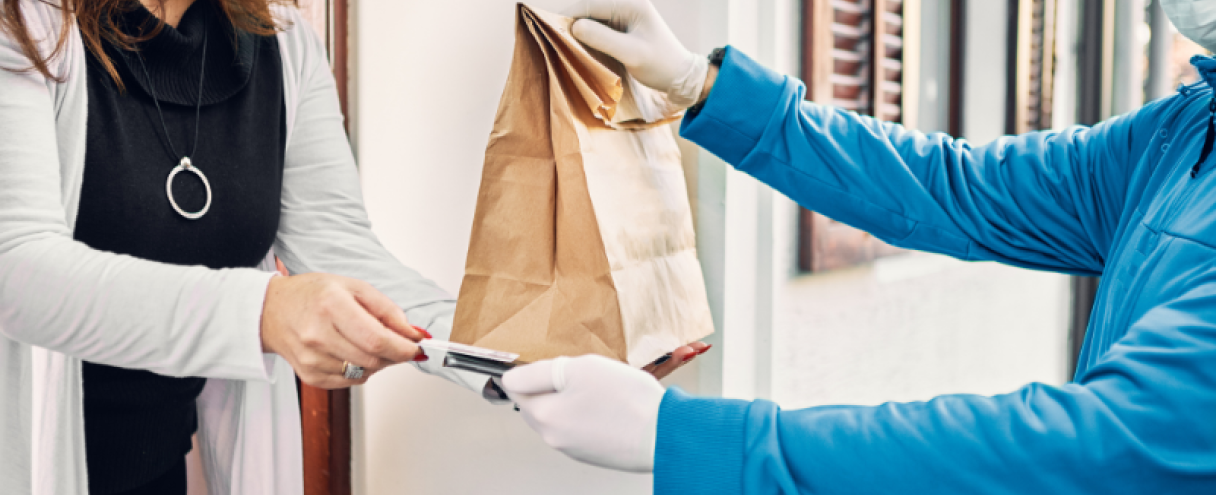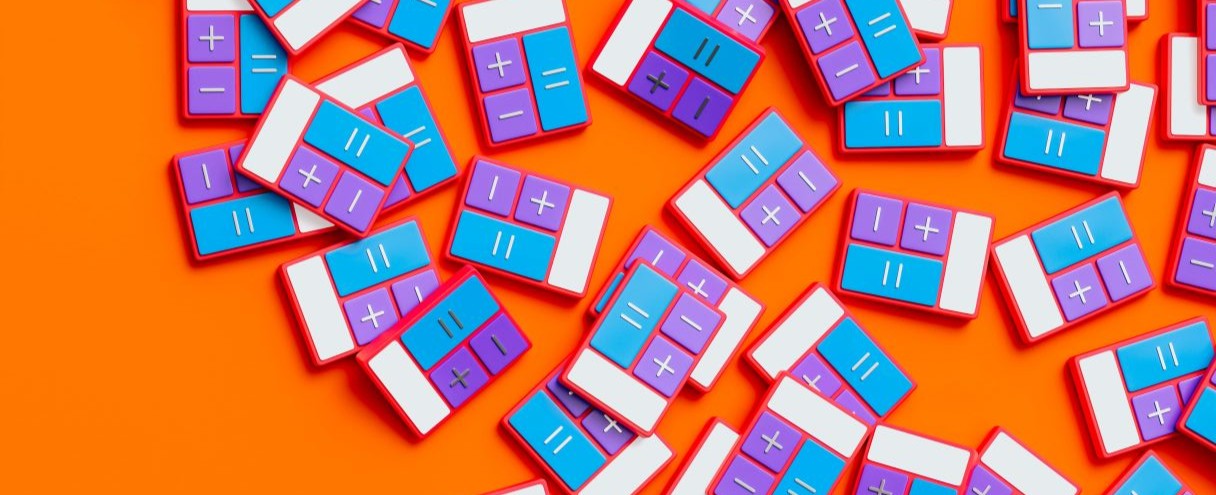Internet shopping has become extremely popular in recent years, with online stores and logistics companies seeking new order fulfillment methods. The biggest hurdle facing e-commerce shippers is fast order delivery at relatively affordable prices.
Fast and reliable order delivery is the main challenge you have to deal with, yet the key to the customers' hearts. Final mile delivery refers to the process of the customer placing an order, dispatchment, and transportation up to the time the customer gets their package. It is the final stage of the order fulfillment process. Tag along to learn more about this important process and how to optimize it for your company.
The last-mile delivery is shipping orders from a warehouse to the client. The process should be as efficient as possible through quick delivery at minimal costs. You have to optimize the last mile delivery for your company, failure to which clients always find alternative replacement products.
However, last-mile delivery is costly and accounts for over half of the total amounts charged on products. Add fleet costs, labor costs, warehousing, and route optimization costs, and you're in an awkward position as a third-party logistic provider or retailer.
Customers are now demanding free shipping, which is next to impossible unless you recover the amount from specific order minimums.
There are several challenges facing product delivery. The main one is inefficiency pointing to the time lapse between order dispatch time and door delivery time.
Here are some factors that determine the delivery timeline:
- The size of your company and the transportation company;
- The number of orders your company fulfills every day;
- Order picking frequency of the logistics provider;
- The proximity of your warehouse to the delivery points;
- Where is your warehouse located that is. rural or urban location;
- Availability of multiple delivery routes.
The second challenge facing last-mile delivery is the free shipping movement. Customers are no longer willing to pay for transportation. Companies have resorted to footing the delivery costs for their clients, leading to narrow profit margins.
In the face of the above problems, you have to adapt to the latest trends in this sector for your company to remain profitable. The world of e-commerce is dynamic and constantly changing, meaning you have to stay updated and on top of your game.
Here are some trends to optimize your last-mile delivery process as required.
1. Crowdsourcing and Gig Economy
Crowdsourcing and the gig economy capitalize on using vehicle technology to create flexibility. This is the injection of venture capital investments into last-mile delivery supply chains to boost promising logistics start-ups. It is a shift in focus towards technology and information instead of traditional physical assets.
2. Rapid Order Fulfillment
It's now easier than ever to make internet purchases, and customers expect the same speed in delivery. The result is a higher demand for same-day, one-day, or two day-deliveries. Although it has its limitations, third-party logistic companies have made rapid delivery possible.
3. Increased USPS Handling
Electronic delivery of packages has grown incredibly, and USPS is beginning to capitalize on it. USPS is delivering packages to homes at a fraction of the former price. In comparison, traditional carriers like FedEx or DHL would charge much more for individual stops.
4. In-House Delivery Services
Some companies have taken up cooperation to lower last-mile delivery costs. Collaborating with regional competitors and sharing means of transport is becoming much more profitable than sole operations.
5. Upselling During Delivery
Upselling customer orders is not new, but the method has been underutilized up to now. You just anticipate what the clients might want and suggest it during checkout. For instance, pharmaceutical and food delivery drivers can carry extra items and suggest them when fulfilling an order.
6. Smart Technology
Smart technology helps track the conditions of the ordered items in real-time. This helps keep frozen foods, pharmaceuticals, and other items in top condition until they get to the customers. Smart technology also helps in weather forecasting to plan the delivery schedules and routes ahead of time.
Other trends include:
- Improved traceability;
- Moving warehouses to major cities;
- Autonomous delivery vehicles;
- Anticipatory shipping.




